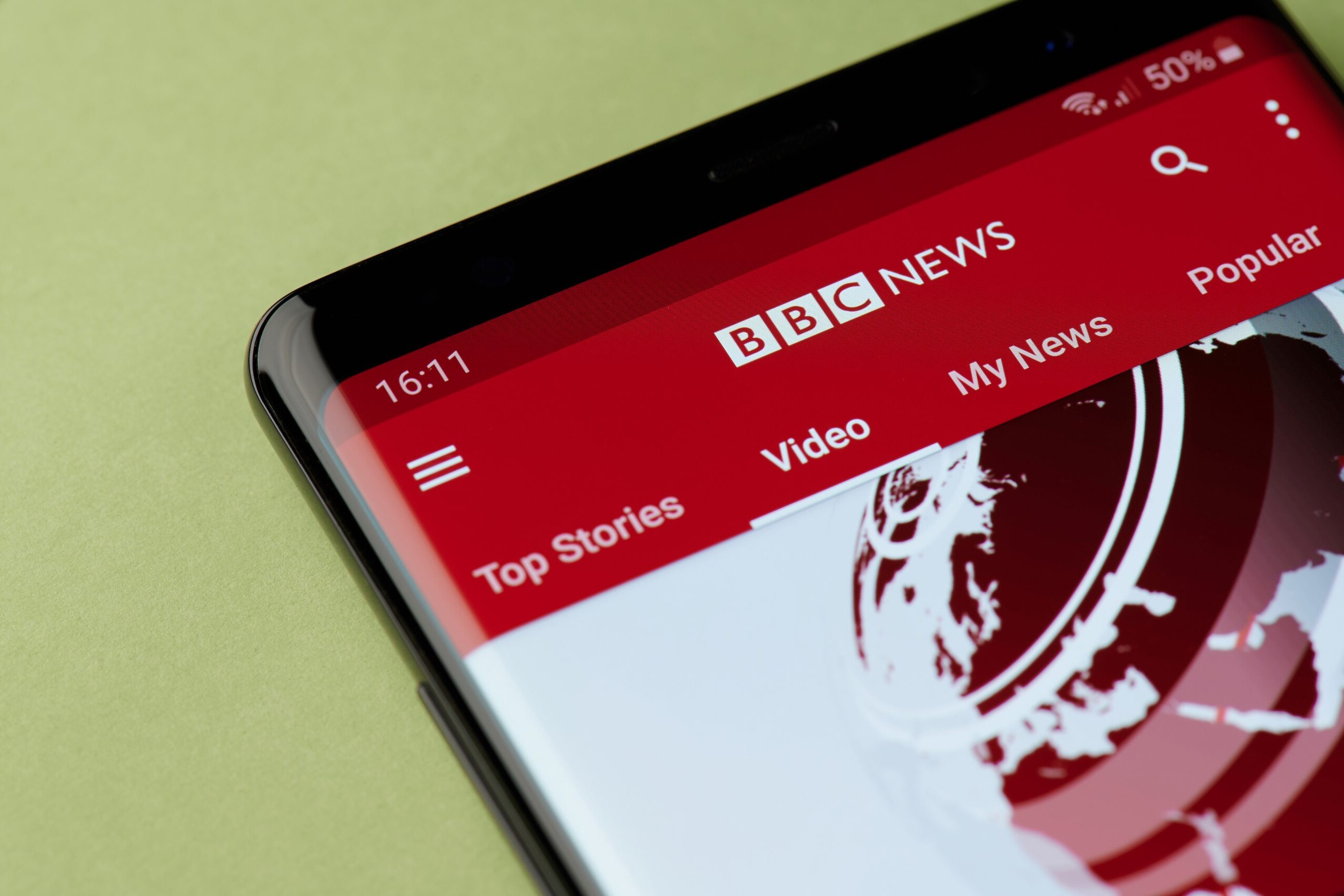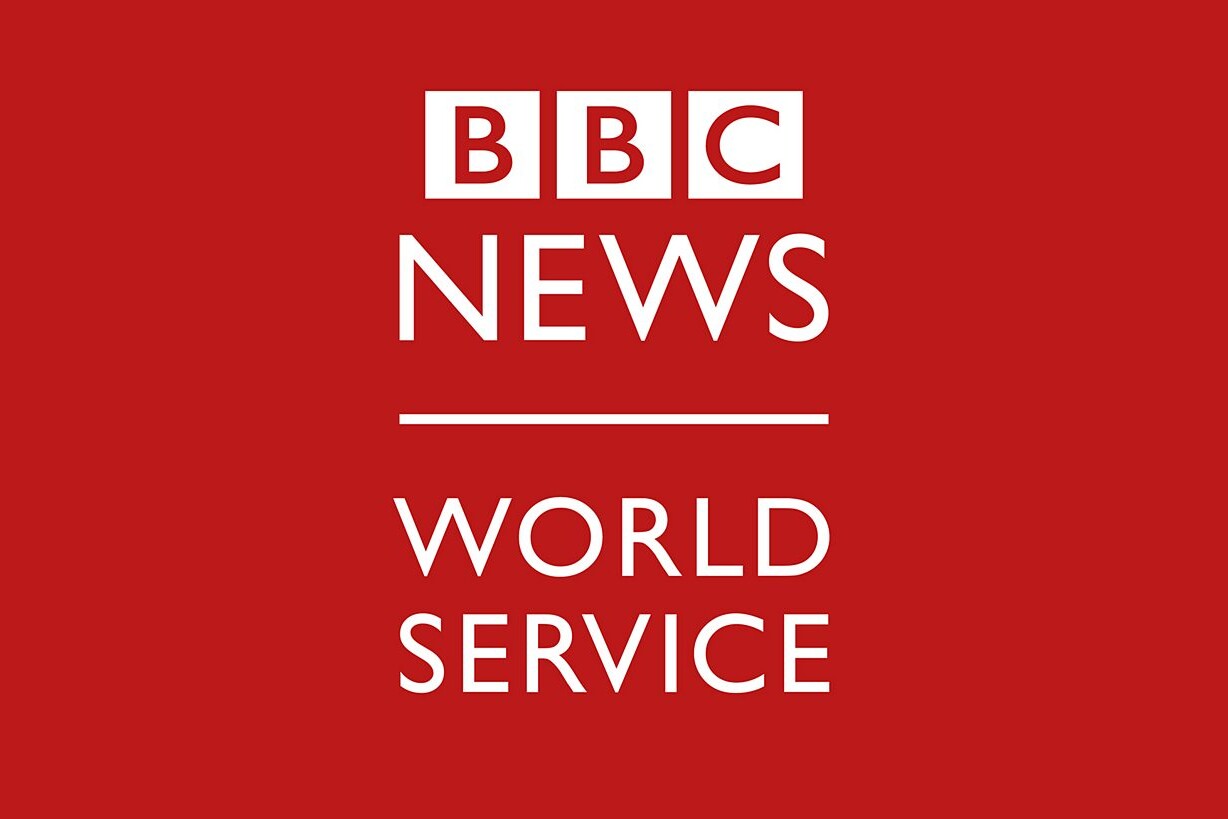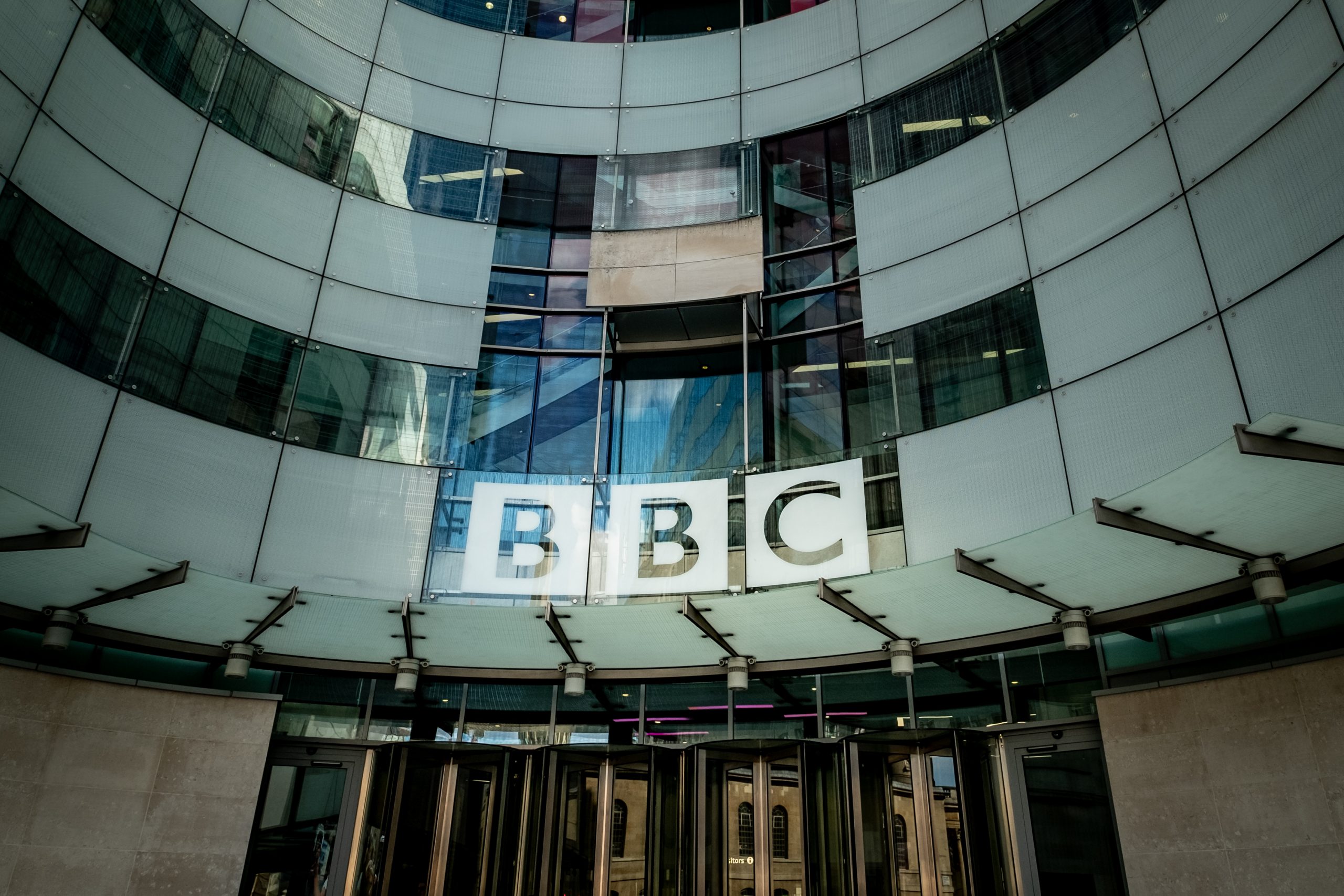MEMBER PRESS RELEASE
New technology to show why images and video are genuine launches on BBC News
8th March 2024
‘Content credentials’ will show how BBC journalists have verified content’s authenticity

This press release was originally published by the BBC.
BBC News has introduced a new ‘content credentials’ feature, which confirms where an image or video has come from and how its authenticity has been verified. It also uses new technology to embed this information within the image or video itself – helping to counter disinformation when the content is shared outside the BBC.
Visitors to the BBC News site will now see a new button saying ‘how we verified this’ underneath images and videos on BBC Verify content.
Read more: BBC News announces savings and digital reinvestment plans
Clicking on this will show what our journalists do to verify the authenticity of images and video. This could include checking content against other sources, examining the metadata, such as the time or date an image was taken, comparing locations, checking the weather is right for the time and place it’s supposed to be, whether the shadows are casting in the correct way, and searching for other instances of the material online in case the image has been taken out of context.
This is the work done day in day out by BBC News teams, but this is the first time it’s been explained to audiences in this way.
“We are proud to lead the way with a brand new feature that will allow consumers to see how we have checked and verified that the images we use are authentic. In a world of deep fakes, disinformation and distortion, this transparency is more important than ever.” – Deborah Turness, CEO of BBC News
This approach helps us counter disinformation, AI-generated deepfakes and other forms of fake or manipulated content. In the future it will also help audiences around the world differentiate between real and fake BBC content when they see what might appear to be BBC stories on external sites.
Deborah Turness, CEO of BBC News, says: “At BBC News we know that trust is earned. When our audiences know not just what we know, but how we know it, they feel they can trust our journalism even more.
“That’s why we are proud to lead the way with a brand new feature that will allow consumers to see how we have checked and verified that the images we use are authentic. In a world of deep fakes, disinformation and distortion, this transparency is more important than ever.”
In addition to the extra information audiences will now see, images and videos will also include a new technical ‘Content Credentials’ standard – a freely-available technical system which encodes information about the origins of images, video and audio. This shows embeds the media with information about where it has come from and how it’s been edited – similar to an audit trail or a history – and stays with the content wherever it goes or however it’s used in the future.
The standard comes from a consortium called Coalition for Content Provenance and Authenticity, or C2PA, which was co-founded in 2019 by BBC Research & Development – alongside other members including Adobe and Microsoft. Since BBC R&D started working with C2PA to develop this standard, many more organisations have joined. Google recently became a member of the C2PA steering board, and Facebook and OpenAI have made commitments to use the free, open standard to publish content on their platforms.
Initially, ‘content credentials’ will be available to audiences on the BBC News site and app, and only on certain content published by the BBC Verify team. In the future the BBC will be working with external publishers and social media networks to ensure these ‘content credentials’ are effectively displayed wherever news is consumed. This will help people online to quickly and easily tell that something has genuinely come from the BBC, and isn’t a misleading piece of faked media.
Related Posts
23rd January 2024
Government review proposes a range of changes at the BBC
The UK Government's Mid-Term Review of…
29th November 2023
BBC News announces savings and digital reinvestment plans
The savings form part of the BBC…
1st November 2023
BBC World Service announces Emergency Radio Service for Gaza
The programme will provide the latest…



